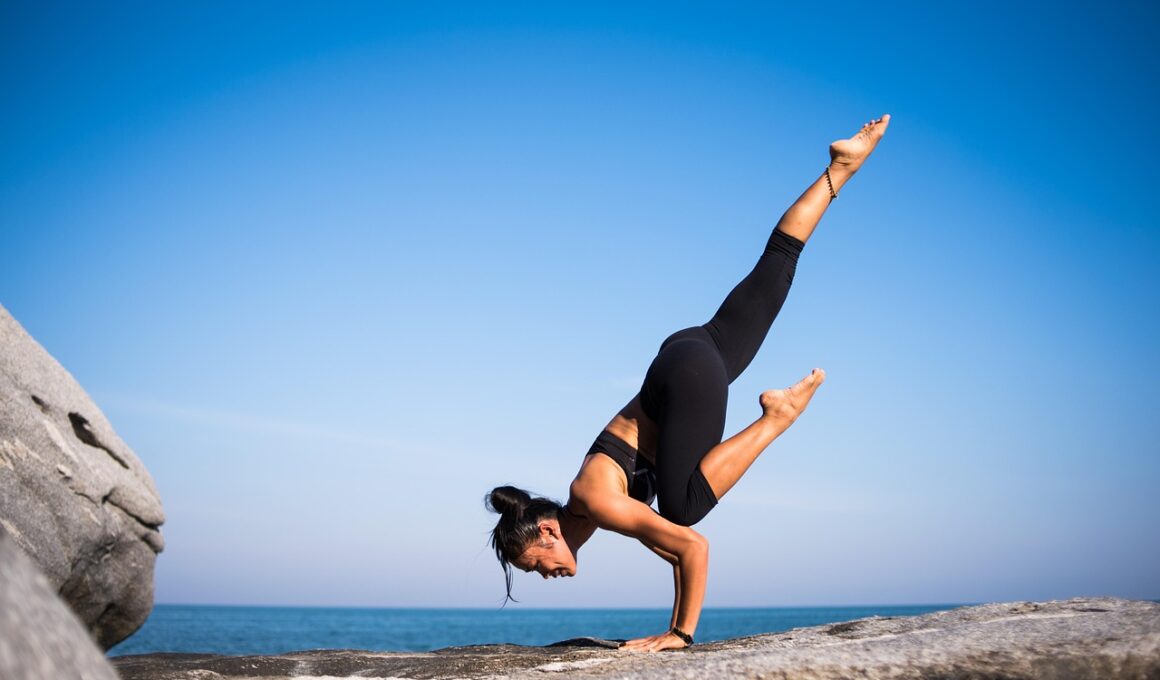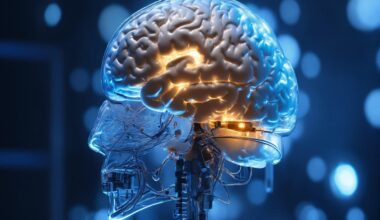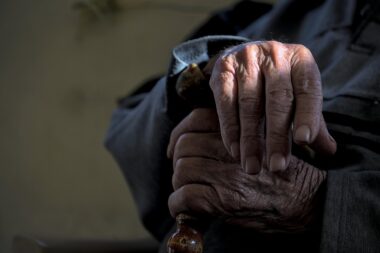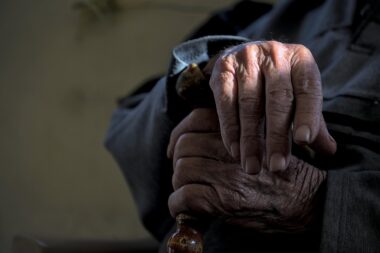Preventing Falls: Strategies for Seniors
For many seniors, balance and coordination naturally decline with age, leading to a heightened risk of falls. As muscle strength diminishes and joint flexibility reduces, everyday activities become increasingly challenging. Furthermore, medications, vision problems, and environmental hazards can exacerbate these issues, leaving older adults vulnerable to injuries. Therefore, understanding these risks is crucial in the prevention of falls. With the right strategies, seniors can significantly enhance their balance, coordination, and overall safety. Engaging in specific exercises can improve strength, flexibility, and balance. For instance, tai chi is often recommended due to its slow, controlled movements. Additionally, regular check-ups with healthcare providers can help manage medications and monitor any changes in health that might affect balance. Implementation of safety measures within the home, such as removing loose rugs and installing grab bars in bathrooms, is also essential. Using assistive devices like canes or walkers can provide extra support. As we delve deeper, we will discuss strategies seniors can incorporate into their daily lives to prevent falls and maintain their independence.
Exercise Programs for Enhancing Balance
Participating in frequent exercise programs can prove invaluable for seniors aiming to enhance their balance and coordination. Programs focusing on strength training, yoga, and balance exercises can provide numerous benefits. Routine participation fosters muscle strength, boosts endurance, and leads to greater flexibility. These improvements can collectively enhance stability, ultimately reducing a senior’s risk of falls. For seniors who might struggle with mobility, chair exercises and gentle stretching can be utilized to improve physical capabilities safely. Engaging in activities such as walking, dancing, and swimming promotes cardiovascular health, while also improving balance. The Centers for Disease Control and Prevention (CDC) recommends regular physical activity, advising at least 150 minutes each week for older adults. Social interactions during group classes can also contribute positively to mental health, combating feelings of isolation often experienced by seniors. Furthermore, incorporating balance exercises like standing on one leg or heel-to-toe walking into daily routines can significantly help. Overall, making exercise an ongoing priority is vital in enabling seniors to maintain their independence and safety.
Addressing environmental hazards is a fundamental step in preventing falls among seniors. Homes can pose various dangers, with common hazards including loose throw rugs, cluttered pathways, and poor lighting. It is crucial to assess living spaces for potential risks and remedy these issues accordingly. For example, securing rugs with non-slip pads can prevent tripping. A clutter-free environment, where pathways are clear, facilitates safer movement within the home. Adequate lighting is essential, especially in hallways, staircases, and entryways. Installing brighter bulbs or motion sensor lights can greatly enhance visibility. Additionally, grab bars should be installed in bathrooms near toilets and bathtubs. These installations offer crucial support for seniors during daily activities. Moreover, using non-slip mats in the shower can significantly reduce the risk of slips while bathing. Regularly checking for any maintenance issues such as loose handrails can prevent accidents. From outdoor walks to indoor movements, making environmental changes contributes to promoting safety and preventing falls. Tailoring the living environment to accommodate these adjustments empowers seniors to maintain autonomy while ensuring their well-being.
Vision and Health Check-Ups
Regular vision and health check-ups play a critical role in maintaining balance and preventing falls among seniors. As individuals age, vision can decline, impacting depth perception, contrast sensitivity, and peripheral awareness. These changes can significantly affect balance, making regular eye exams essential for addressing any vision-related issues. Healthcare providers can recommend appropriate corrective lenses to enhance vision capabilities. Additionally, health conditions such as diabetes and hypertension can further complicate balance. Regular monitoring and management of these chronic conditions can help maintain overall health. Medications taken by seniors can also contribute to dizziness or unsteadiness; thus, regular reviews with healthcare professionals are vital for adjustments if needed. Educating seniors on the potential side effects of their medications empowers them to be proactive. Incorporating vision checks as part of routine healthcare encourages early detection of issues that might affect balance. Collectively, focusing on both vision and overall health maintenance ensures that seniors remain aware of specific risks that could lead to falls. Therefore, prioritizing health check-ups and vision assessments should be an integral part of any fall prevention strategy.
Body awareness is pivotal in enhancing balance, particularly among seniors. Engaging in practices that promote body awareness can lead to improved coordination and stability. Activities such as yoga and pilates not only bolster muscle strength but also encourage mindfulness of body movements. Developing a better understanding of posture and alignment can significantly enhance balance. Furthermore, being aware of one’s body in space—termed proprioception—can contribute to improved stability. Exercises targeting proprioception involve standing on unstable surfaces like balance boards or using stability balls. These activities can help seniors refine their balance skills. Meditation and breathing exercises can also foster a deeper connection between mind and body. The practice of focusing on breath and body alignment during yoga poses can improve concentration and awareness. Additionally, integrating balance-focused activities into daily routines encourages greater engagement. For instance, seniors can practice balancing on one foot while brushing their teeth. Over time, these practices cultivate greater balance and coordination. Thus, emphasizing body awareness creates a holistic approach to fall prevention and contributes to overall wellness.
Nutrition’s Role in Balance and Coordination
Nutrition significantly influences overall health and can indirectly impact balance and coordination in seniors. A balanced diet rich in essential nutrients enhances muscle strength, bone density, and coordination, while poor nutrition can lead to weakness and imbalance. Key nutrients, such as calcium and vitamin D, are crucial for maintaining bone health and preventing osteoporosis. Moreover, incorporating adequate protein supports muscle growth and recovery, which is vital for activity performance. Foods rich in antioxidants—like berries, leafy greens, and nuts—can combat inflammation and support cognitive function. Staying hydrated is equally essential, as dehydration can cause dizziness and reduced energy levels. Seniors should aim to drink sufficient water and limit excessive caffeine and alcohol. Additionally, monitoring their weight helps seniors maintain a healthy body mass index (BMI), as being underweight can increase fall risk. Working with a nutritionist can help devise a personalized dietary plan addressing individual health requirements. Ultimately, good nutrition complements physical exercise and other strategies to promote balance, thereby playing a vital role in preventing falls among seniors.
Social engagement is another crucial factor that impacts stability and coordination in seniors. Active participation in community activities can lead to improved mental well-being, increased motivation, and enhanced physical functions. Joining clubs, attending fitness classes, or participating in social gatherings can create a strong support network, promoting physical activity. Social interactions also encourage older adults to remain active, as shared activities motivate them to stick to fitness regimens. Moreover, staying socially connected can alleviate feelings of isolation and depression, which are common among seniors, ultimately boosting overall well-being. Volunteering in local organizations or mentoring young individuals brings a sense of purpose, reinforcing a positive self-image. Financial constraints may limit access to certain social activities, so community centers often offer affordable or free programs. By fostering friendships and sharing experiences, seniors can enhance their emotional health, which directly influences their motivation to maintain physical activity levels. Prioritizing social engagement alongside physical well-being creates a holistic approach to fall prevention, establishing a healthy lifestyle in older adulthood.
In summary, preventing falls among seniors requires a multifaceted approach encompassing physical health, environmental safety, and social engagement. Initiating regular exercise programs focused on balance can enhance muscle strength and stability, while safe living environments reduce the risk of accidents. Regular check-ups regarding vision and health can address issues impacting balance, empowering seniors to take control of their well-being. Nutrition plays a vital role by providing essential nutrients that enhance physical health, while social interactions keep them engaged and motivated. Encouraging body awareness cultivates mindfulness of movement, contributing to improved coordination. As families, caregivers, and community members join forces to promote these strategies, seniors can successfully mitigate risks associated with falls. These efforts collectively foster independence, allowing seniors to lead fulfilling lives. Incorporating these strategies today can yield significant benefits in the long run, ensuring a safer and healthier life as one ages gracefully. By focusing on a comprehensive approach, we can contribute to a society where seniors feel confident in their ability to navigate their environments and maintain an active lifestyle. Let us prioritize fall prevention to enhance the quality of life for older adults.





